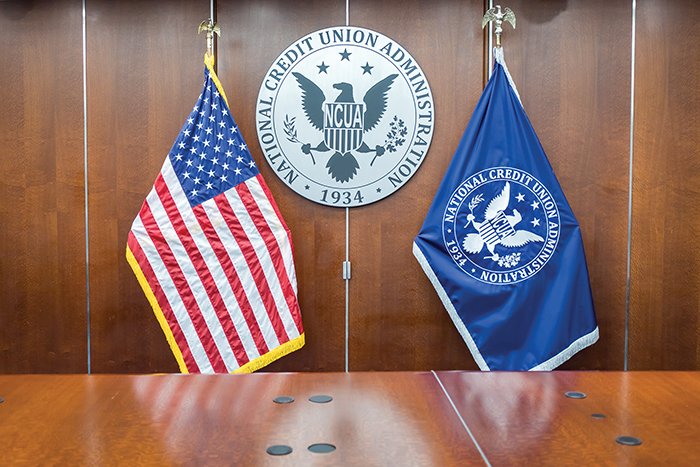 Consumer Financial Protection Bureau building in Washington, D.C. Photo by Diego M. Radzinschi
Consumer Financial Protection Bureau building in Washington, D.C. Photo by Diego M. Radzinschi
The CFPB wants to make it easier for financial services companies, including credit unions to obtain a "No-Action Letter"—a document that makes it clear that the agency will not take an enforcement or supervisory action against a company for specific products.
In the proposal the CFPB said that the bureau has only issued one no-action letter based on its original 2016 policy.
Recommended For You
"The Bureau believes this strongly suggests that both the process required to obtain a No-Action Letter and the relief available under the 2016 Policy have not provided firms with sufficient incentives to seek No-Action Letters from Bureau staff," the agency said.
Last year, The CFPB issued a "No-Action Letter" to the Upstart Network, a company that used alternative data to make credit and pricing decisions.
CUNA officials said that the new proposal follows its recommendations to the agency.
However, a consumer group said the CFPB does not have the legal power to do what it wants to do.
The agency will seek comment on the revised no-action proposal and its regulatory sandbox plan after they are published in the Federal Register.
The CFPB is proposing to streamline the No-Action Letter application by eliminating several elements it believes are "redundant or unduly burdensome."
The bureau's review would be focused on the quality and persuasiveness of the application, particularly on the potential benefits to consumers, the possible risk to consumers and the extent to which the letter is needed, according to the plan.
The bureau said it would be expected to grant or deny an application within 60 days.
The 2016 policy required companies to share data about the product or service; the new proposal does not include that requirement.
In addition, the 2016 policy called for a staff recommendation of "no action," while the revised policy would be issued by CFPB employees who have the power to guarantee that no action be taken.
The agency's product sandbox would provide financial services companies with similar regulatory relief, but also would provide additional "safe harbors" for a specific period of time.
The bureau also said it intends to coordinate the letters and sandbox decisions with state regulatory agencies.
Applications for both programs could be submitted by a trade association, service provider or third-party.
Lauren Saunders, associate director of the National Consumer Law Center said that the proposal could result in whole industries receiving safe harbors from consumer laws.
"In a shocking, brazen, and unlawful move, the CFPB has proposed a 'no action' policy and 'product sandbox' that is instead a consumer protection desert that could wipe out consumer protection laws for entire industries, giving companies a safe harbor from liability if they harm consumers and from supervision or enforcement by the CFPB against unfair, deceptive, or abusive practices," she said.
She said that any award under either proposal would result in a legal challenge.
"The Bureau cannot simply give companies a free pass to violate consumer protection laws or carve big exemptions without even giving the public opportunity for input and without thoroughly considering the harms to consumers," she said.
© Touchpoint Markets, All Rights Reserved. Request academic re-use from www.copyright.com. All other uses, submit a request to [email protected]. For more inforrmation visit Asset & Logo Licensing.






